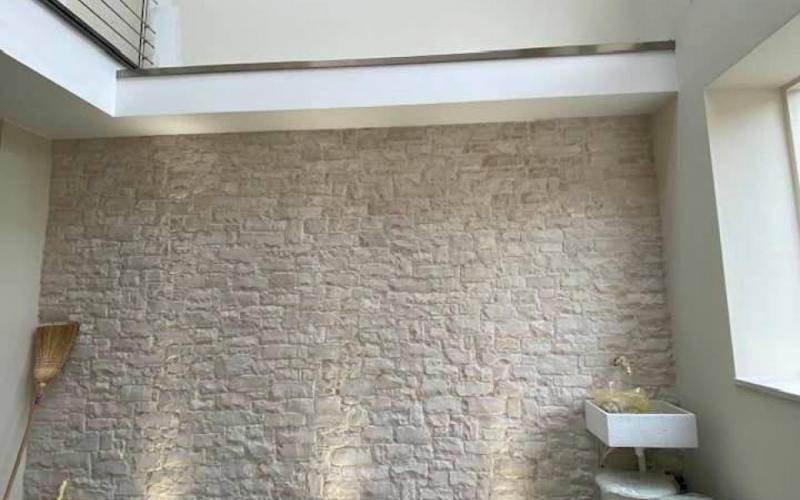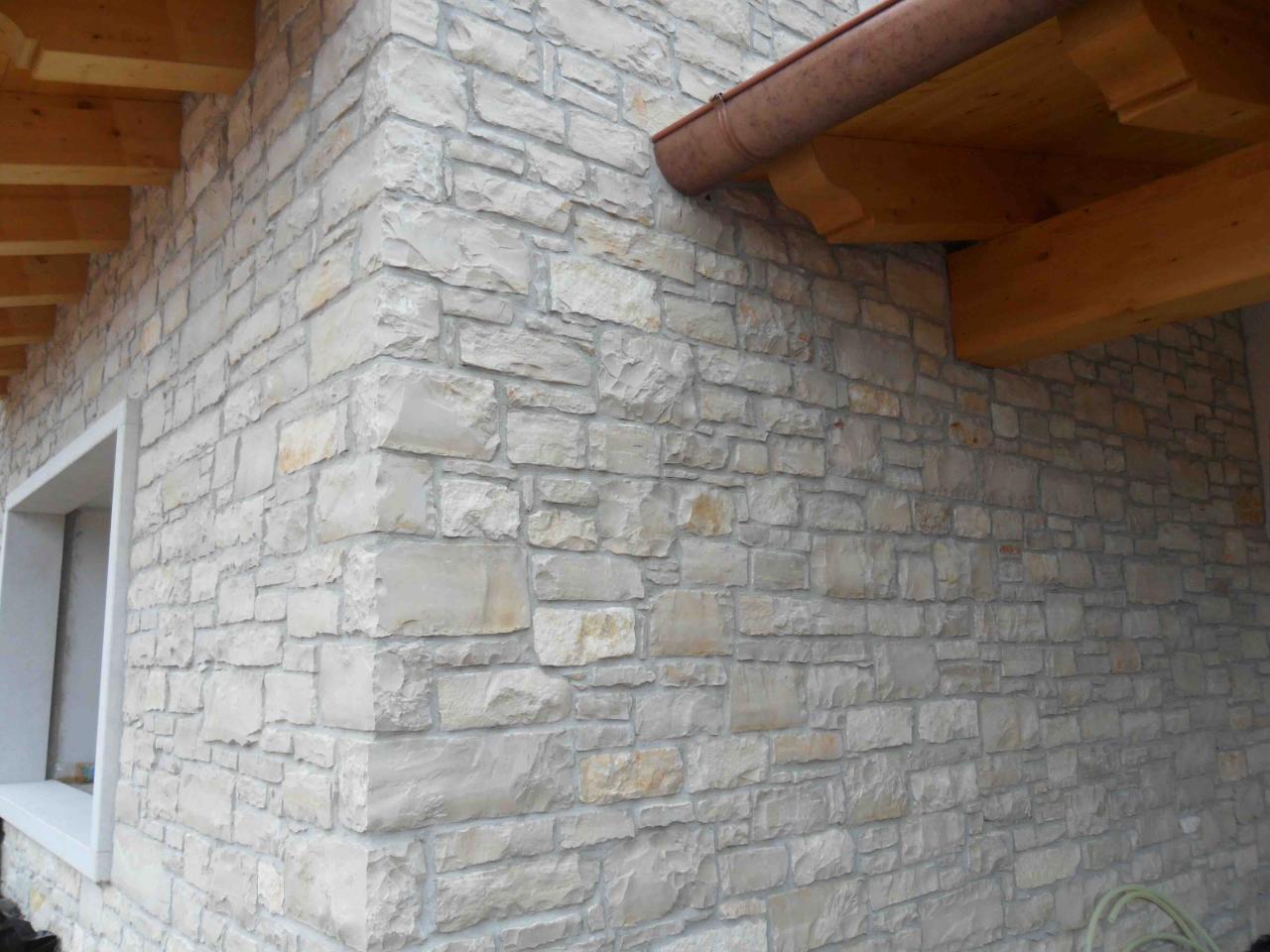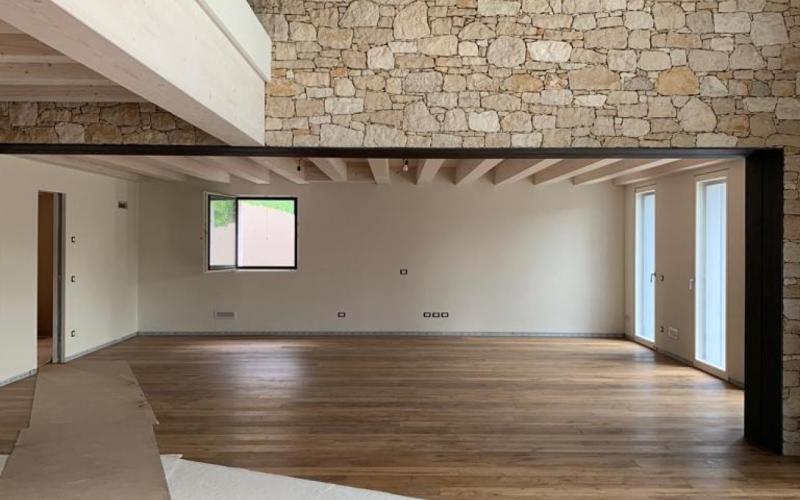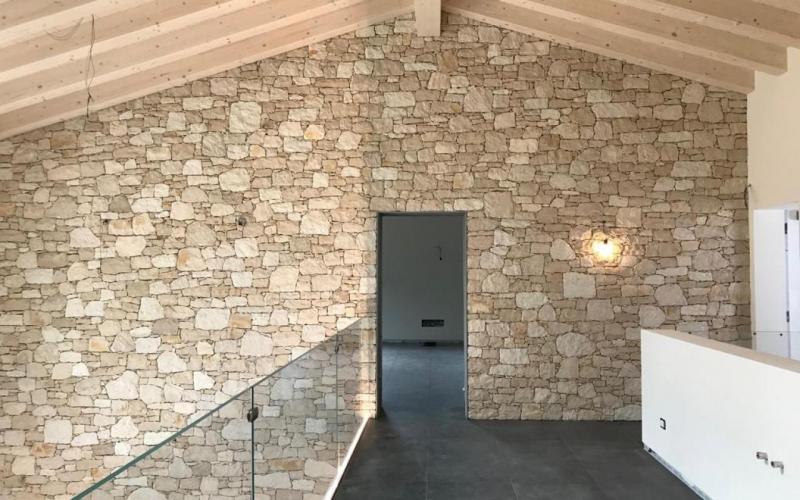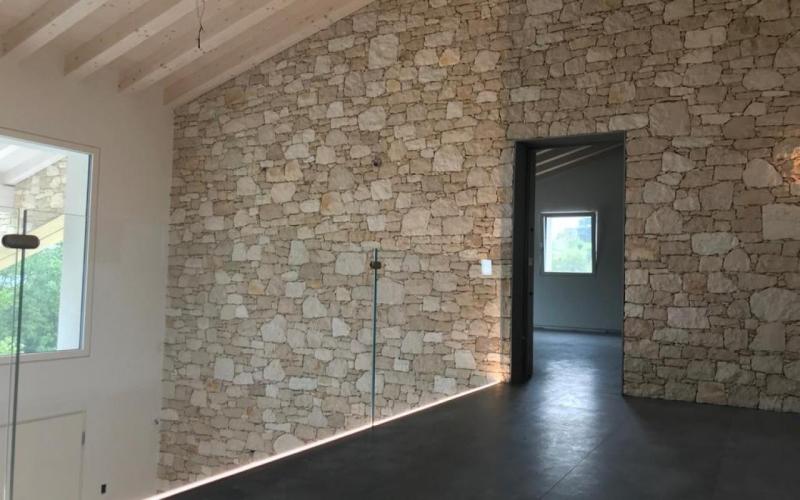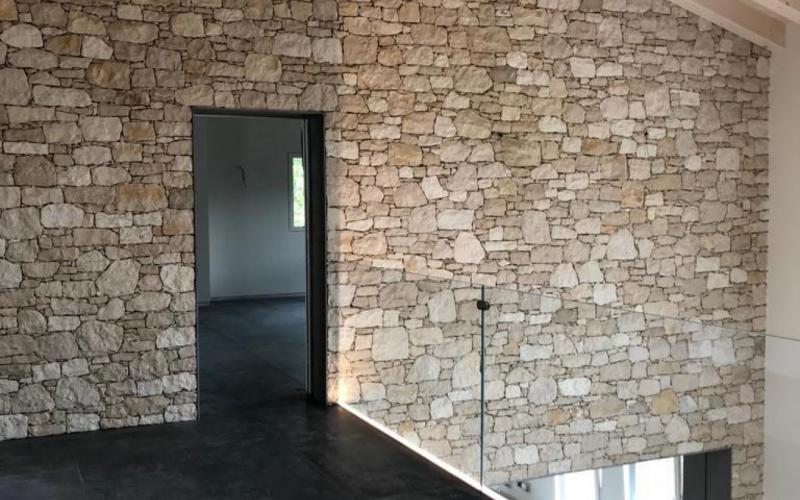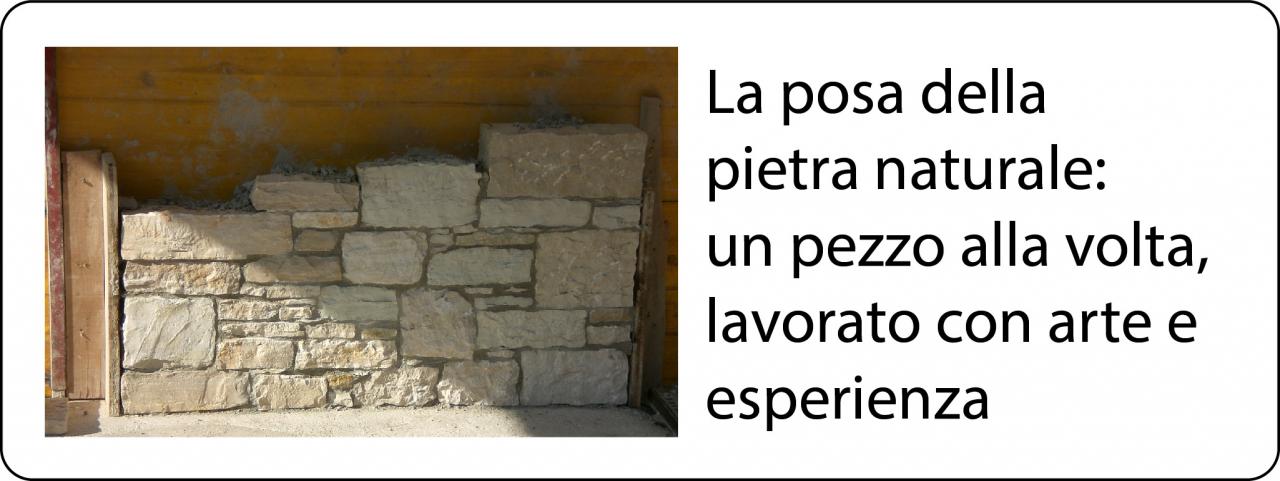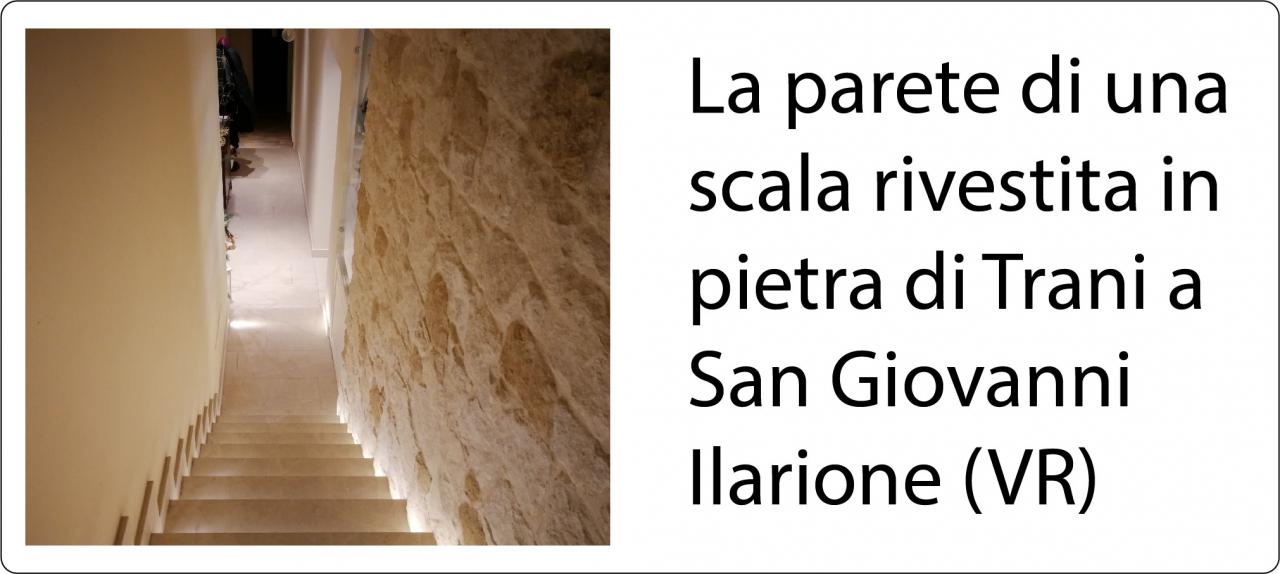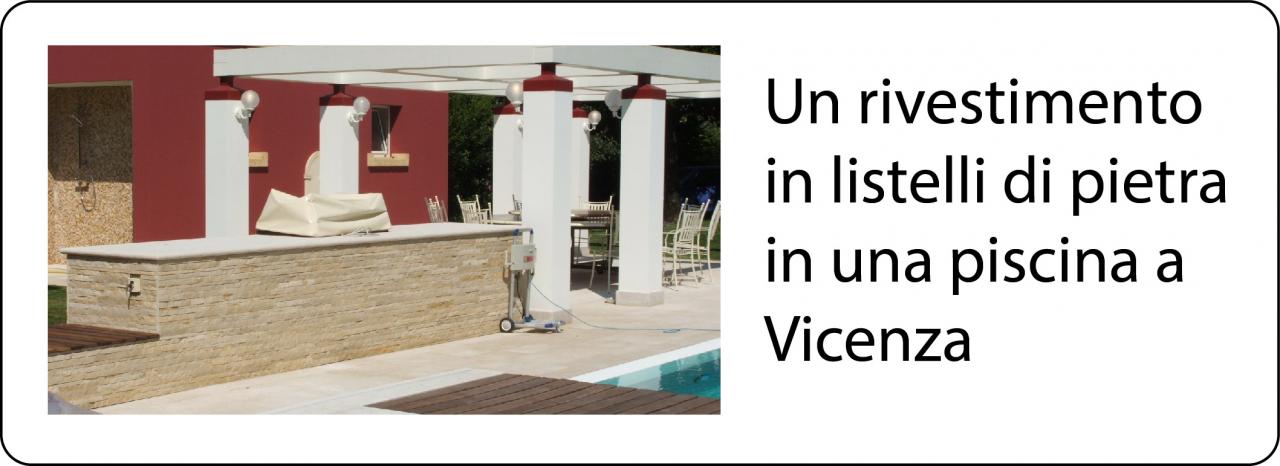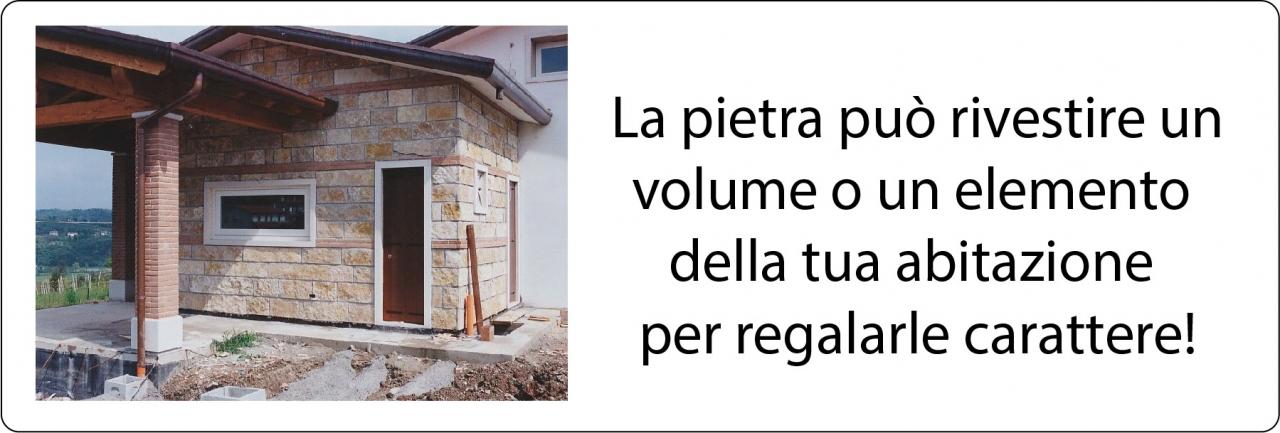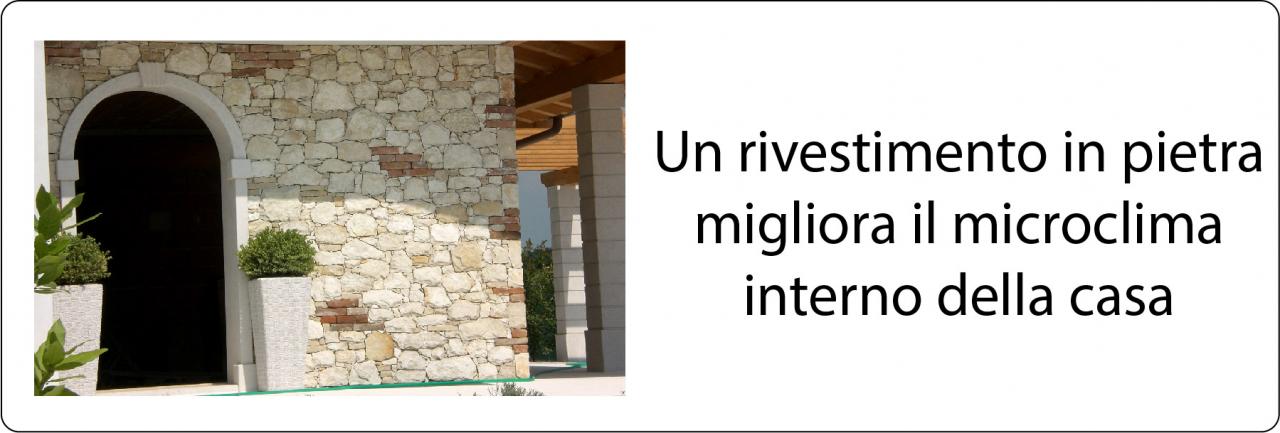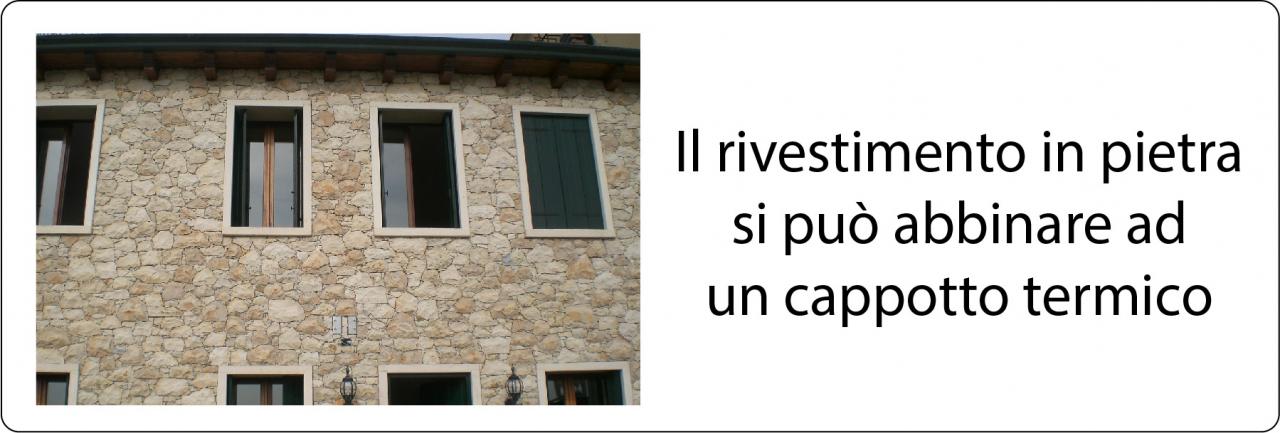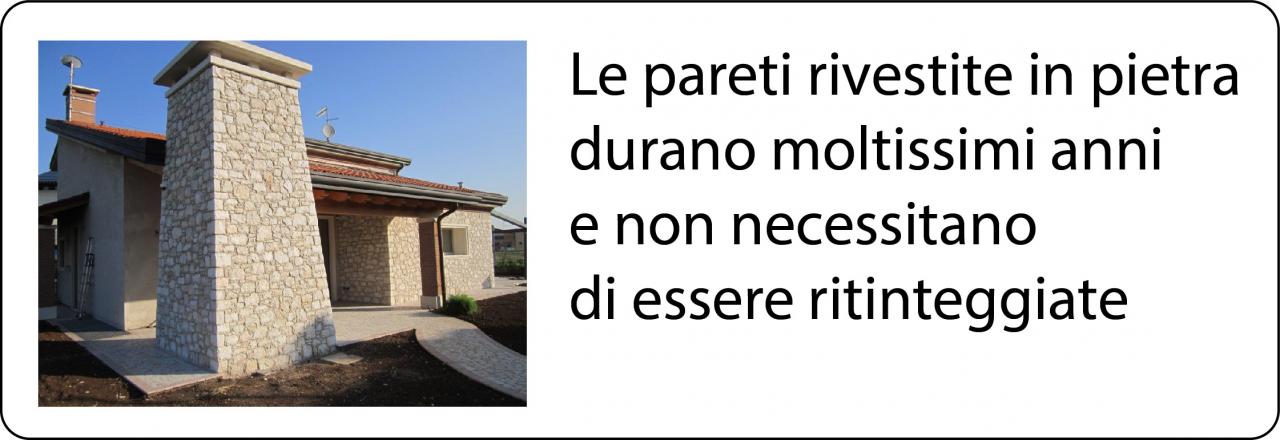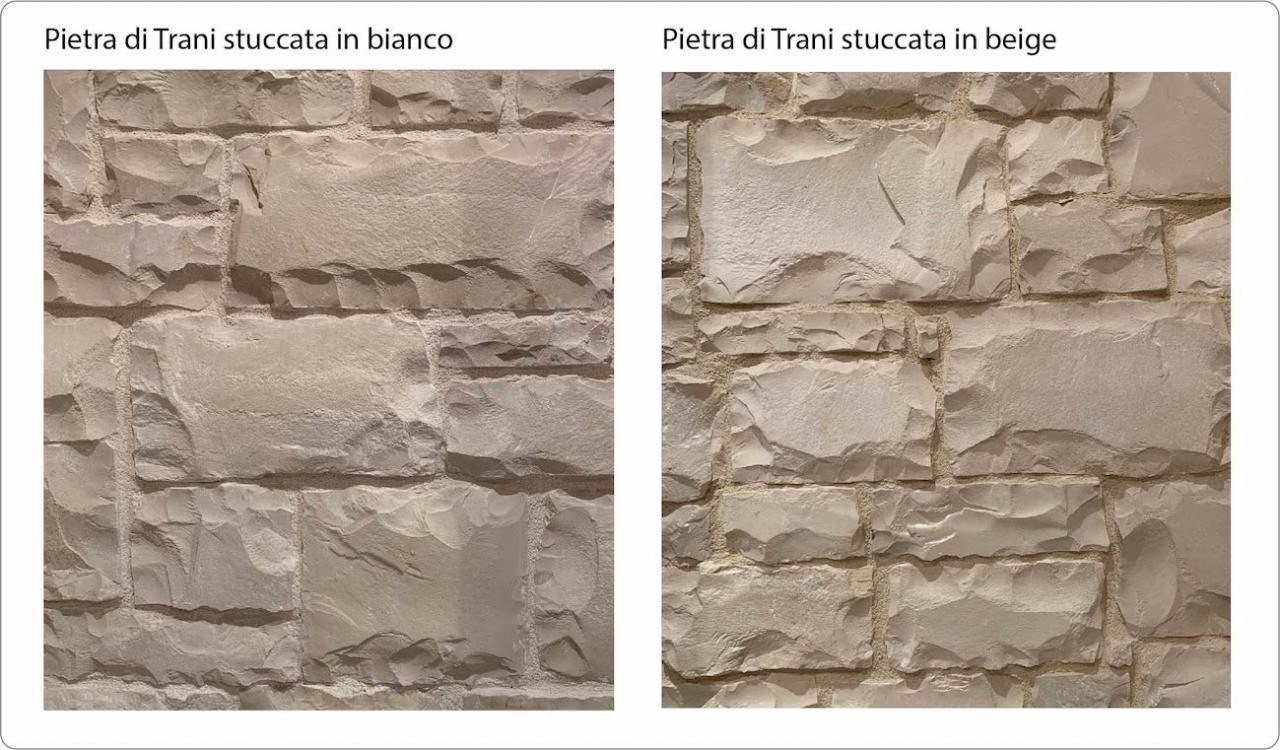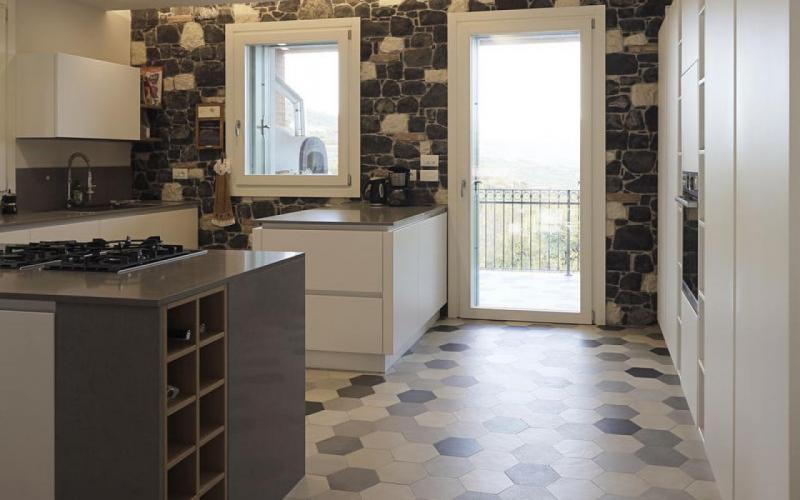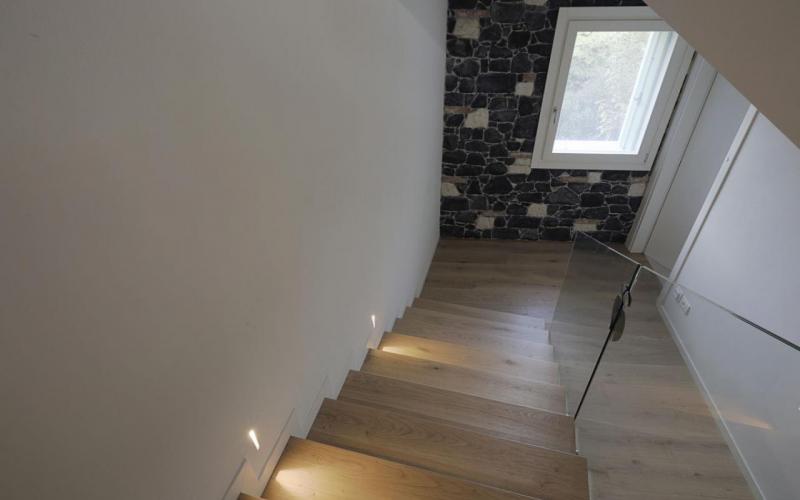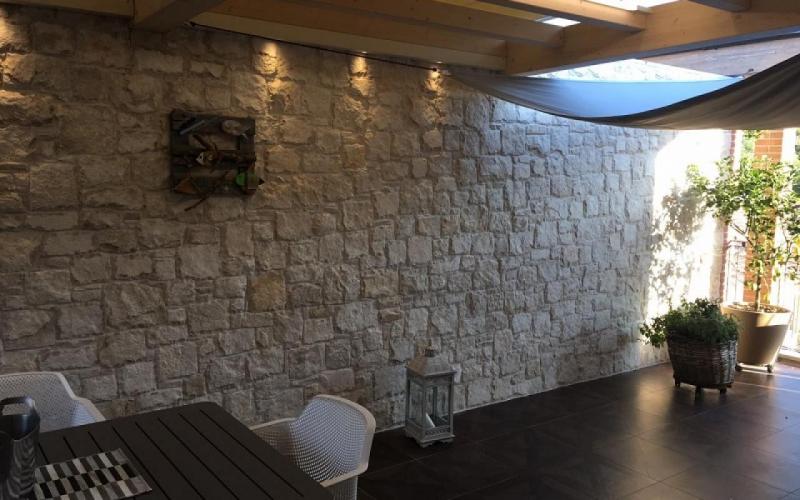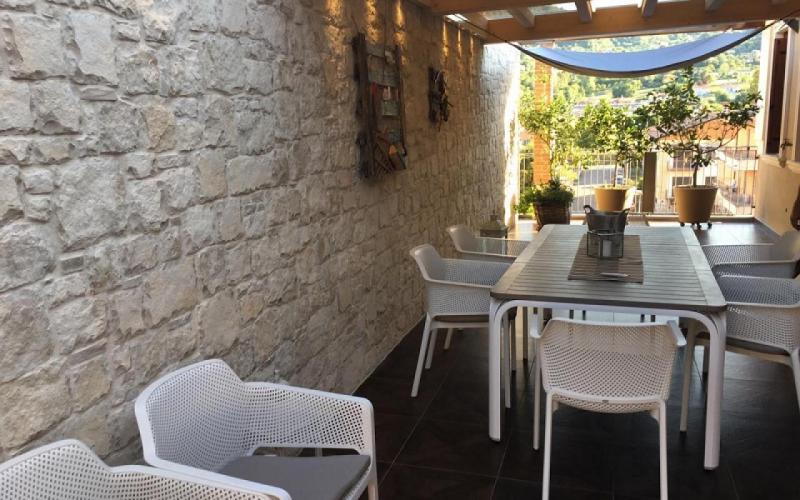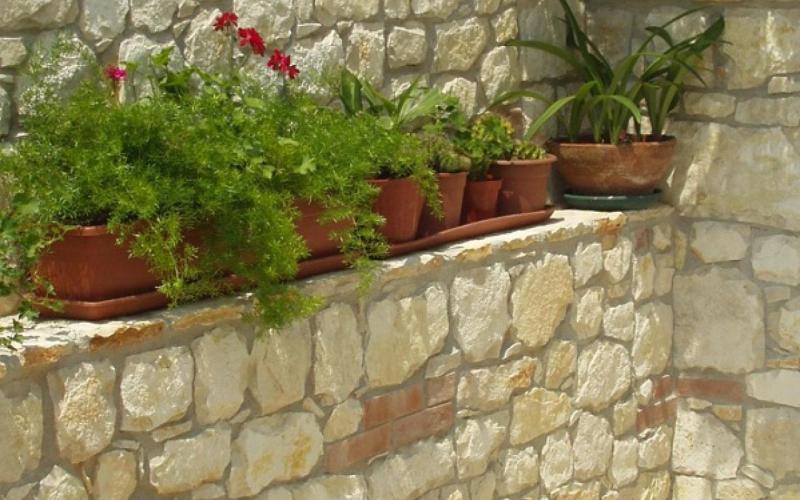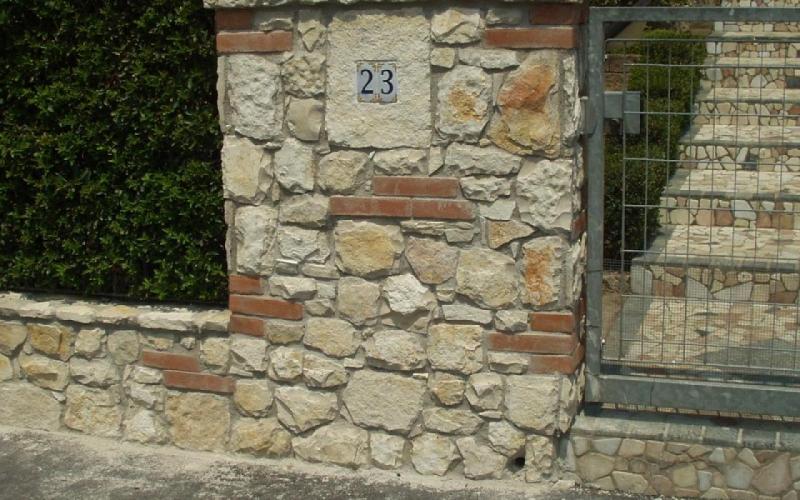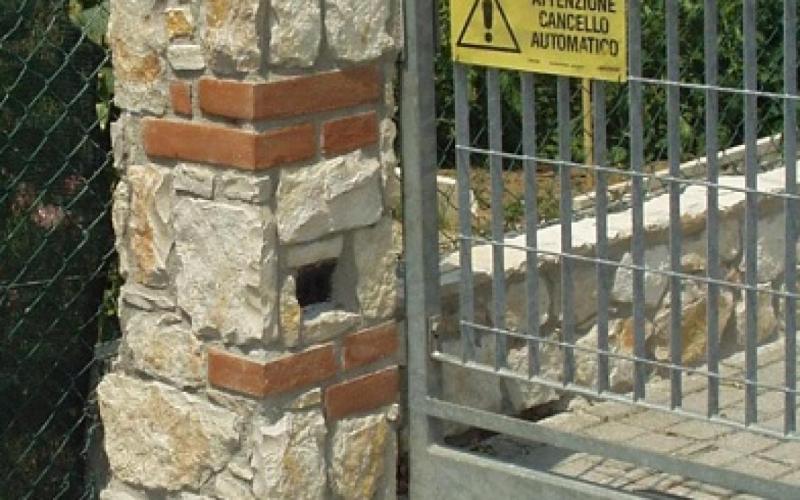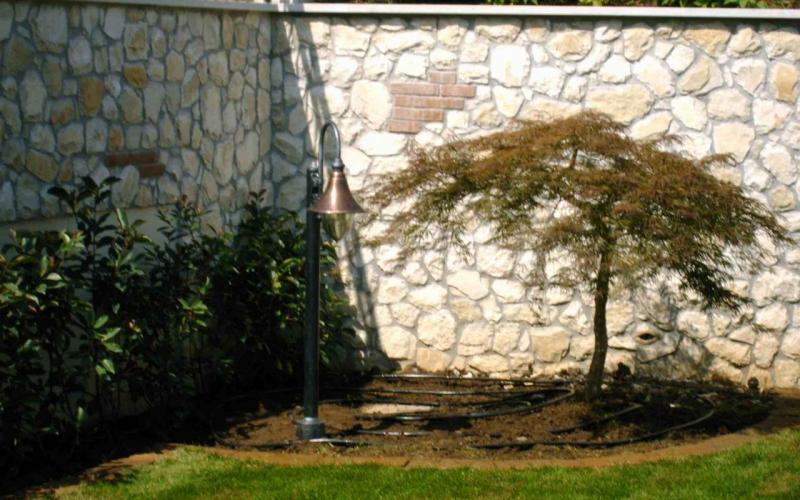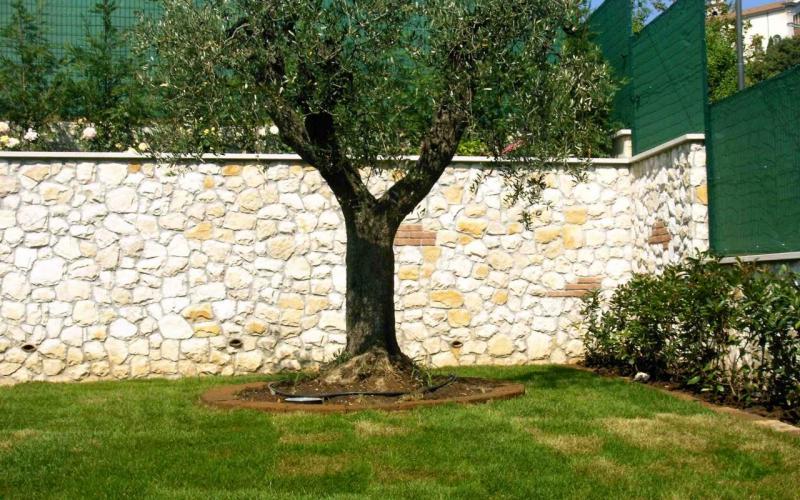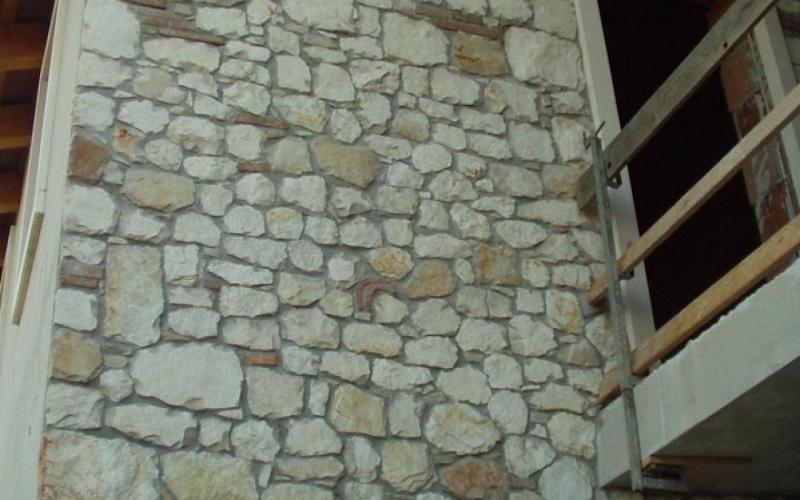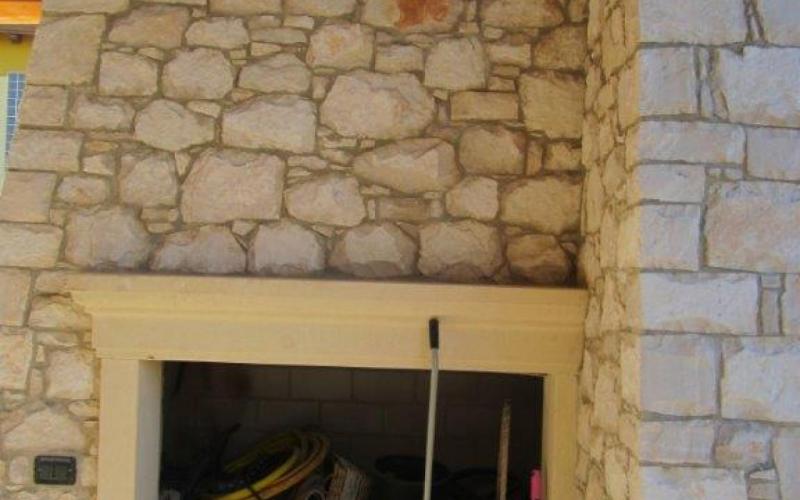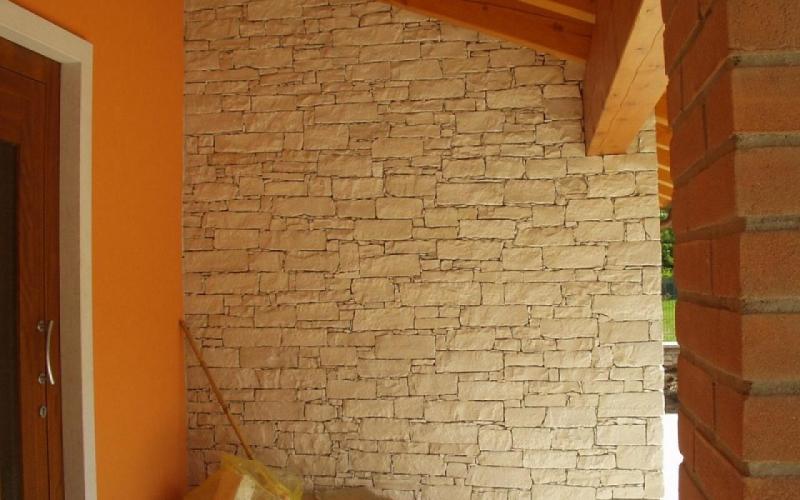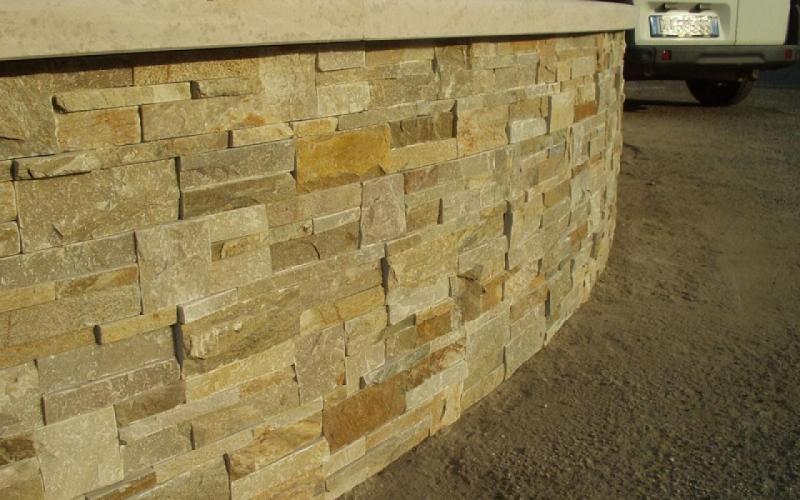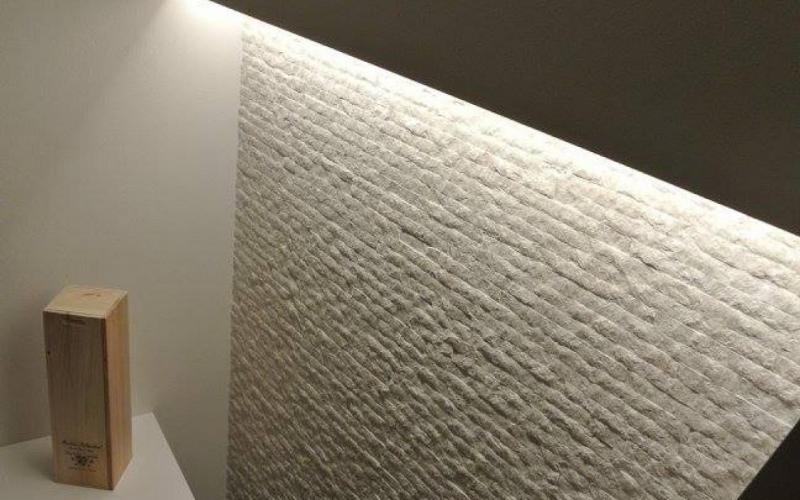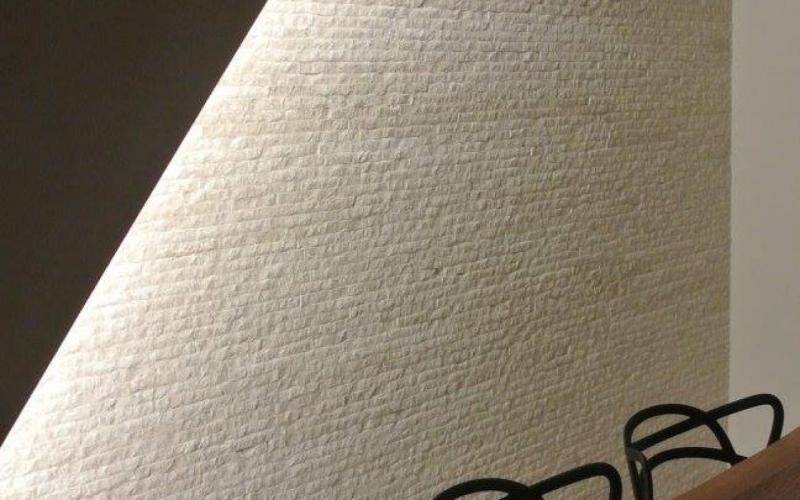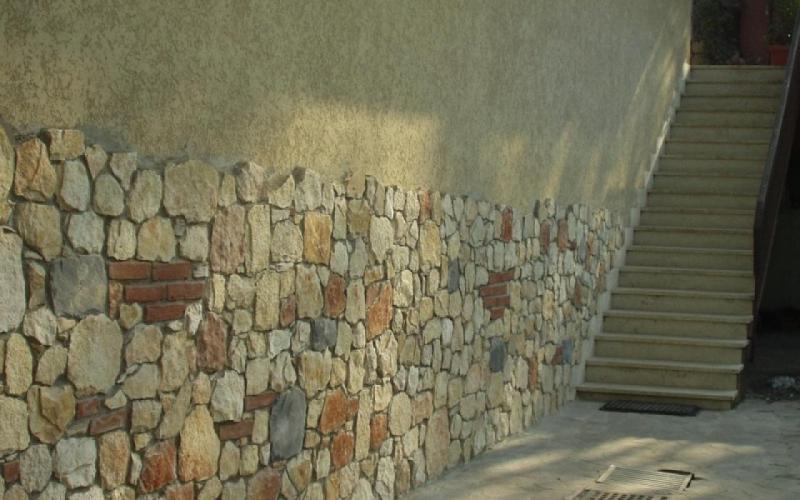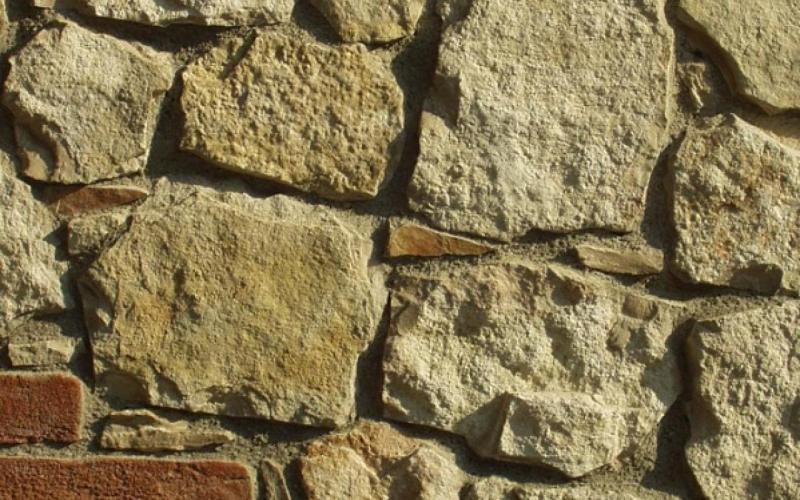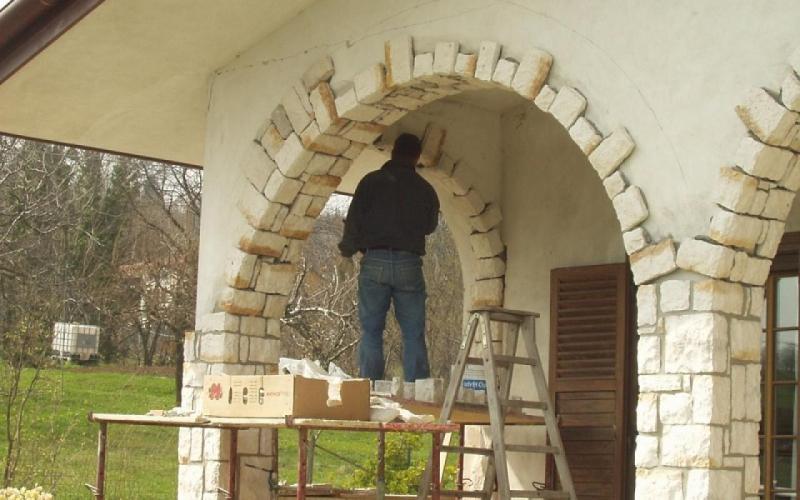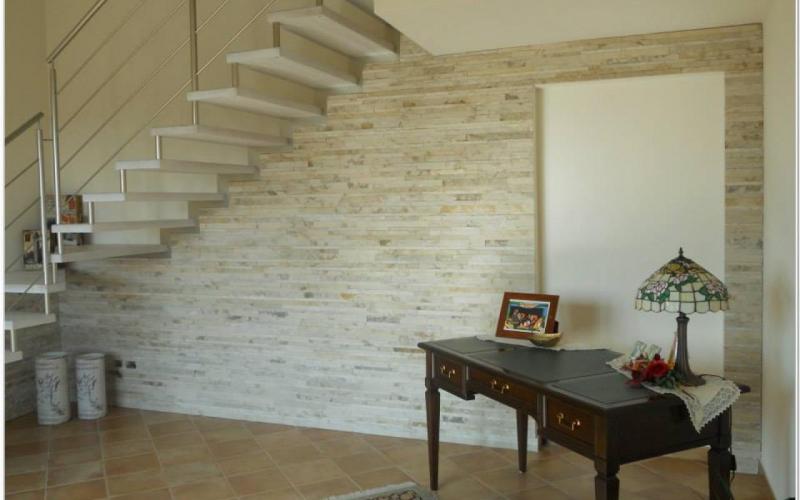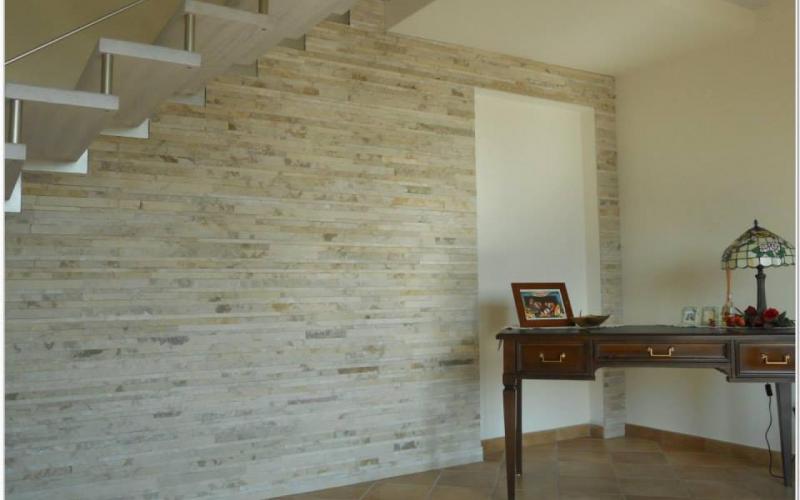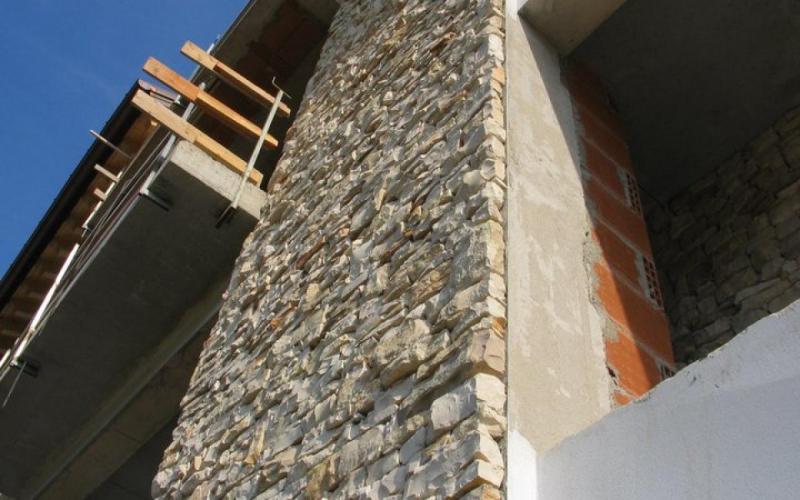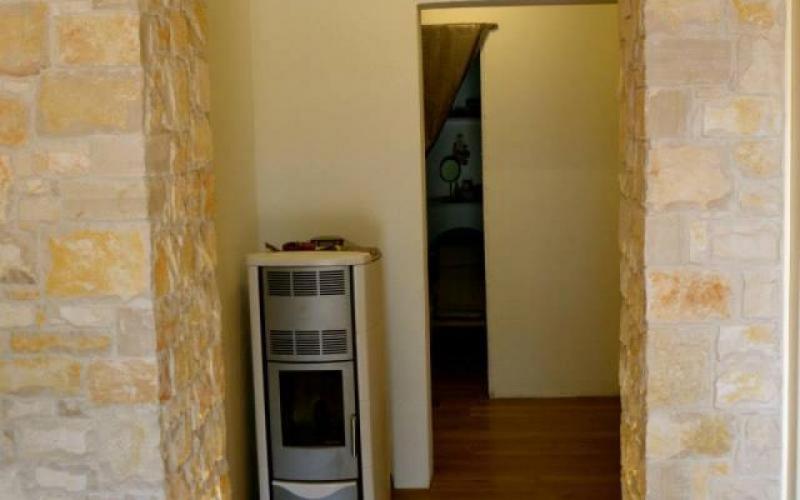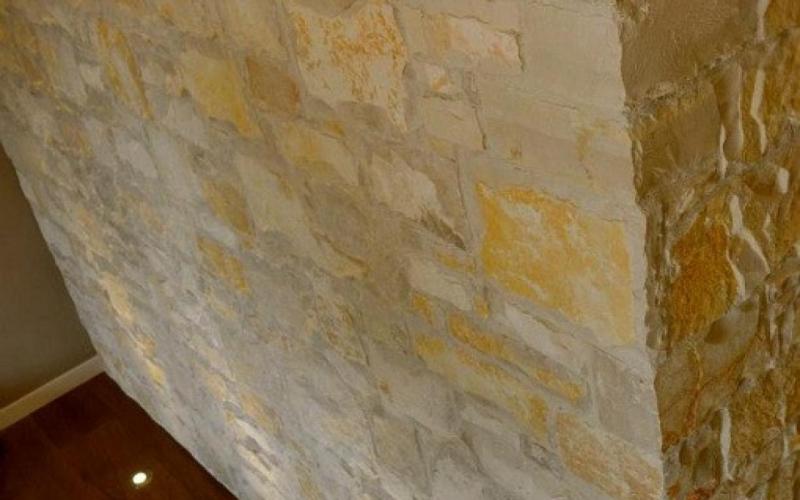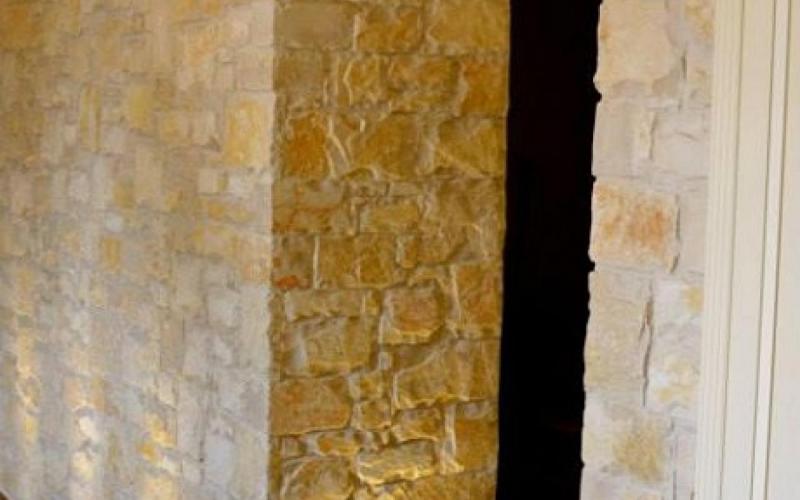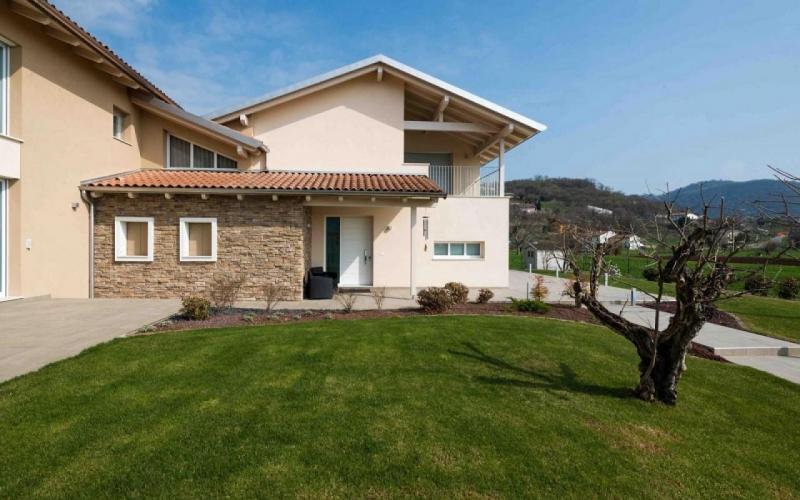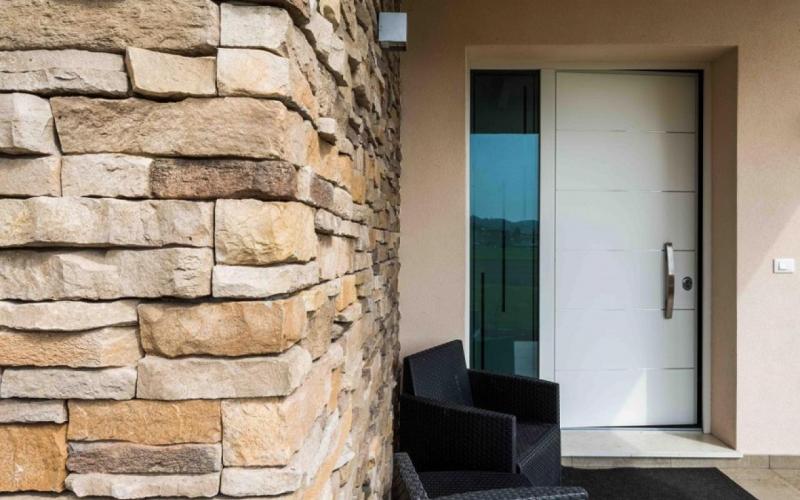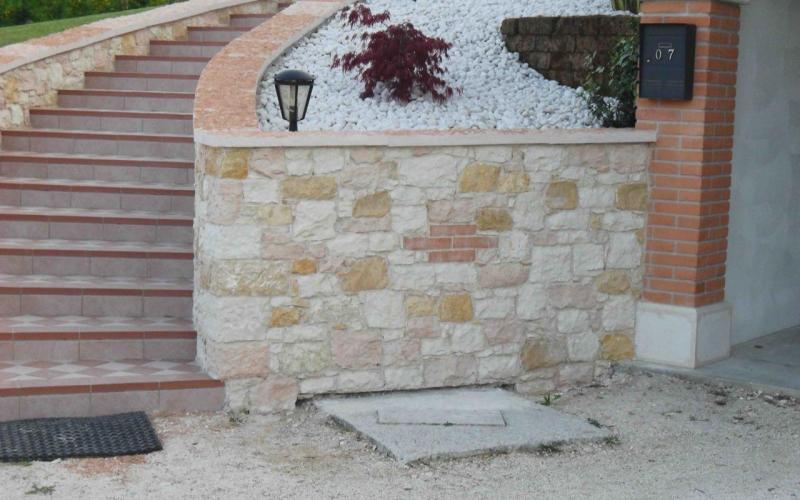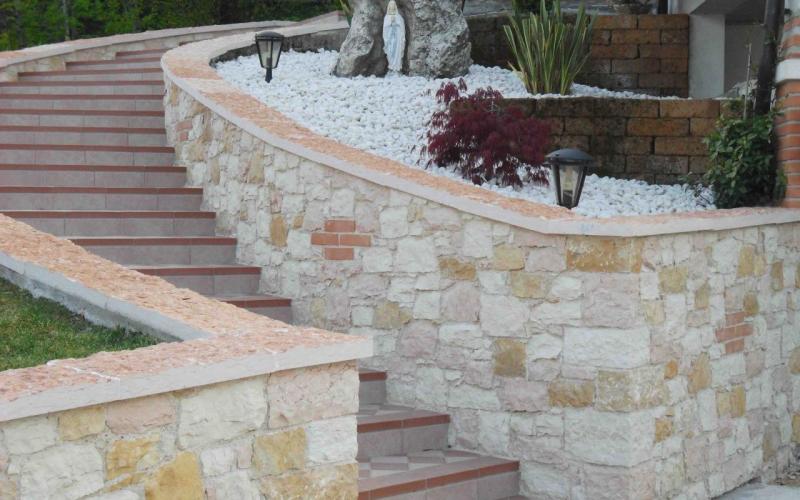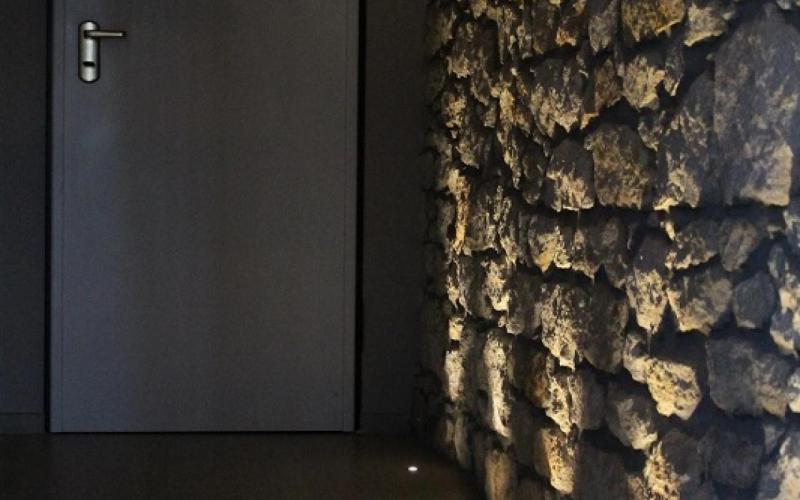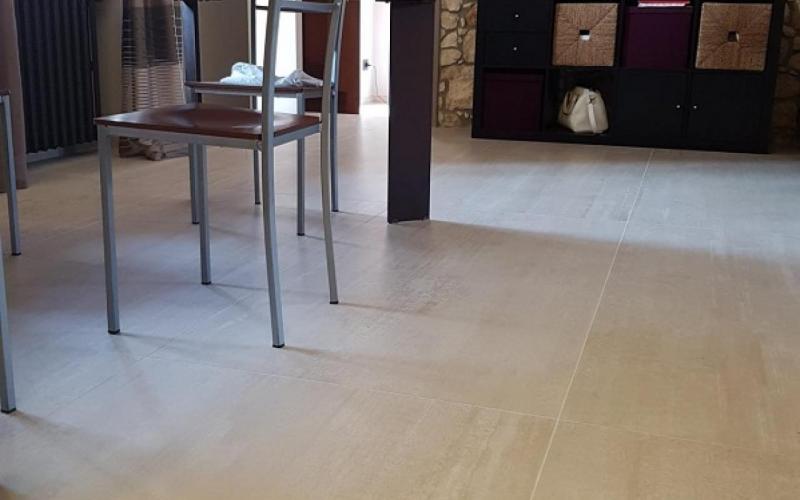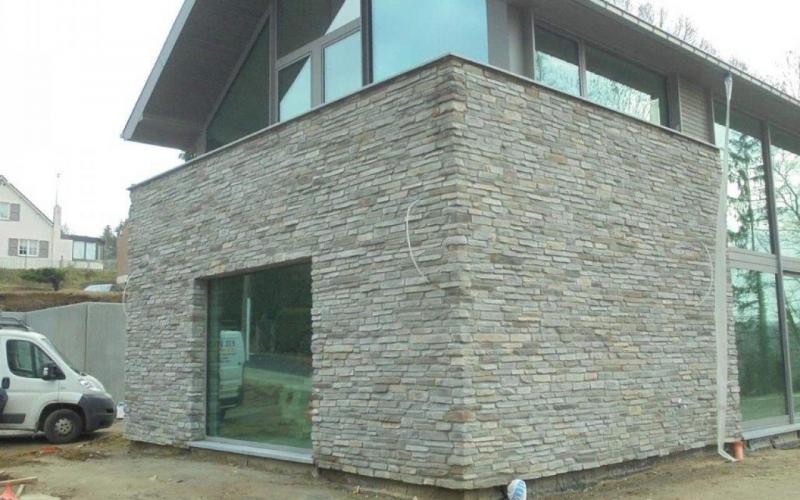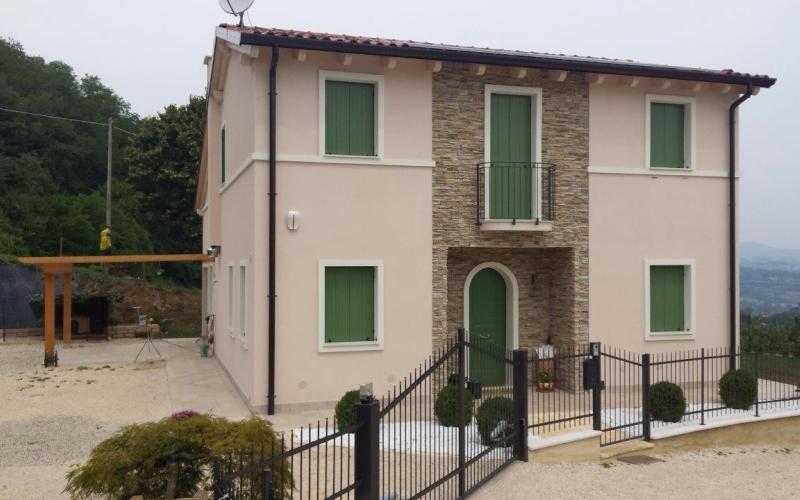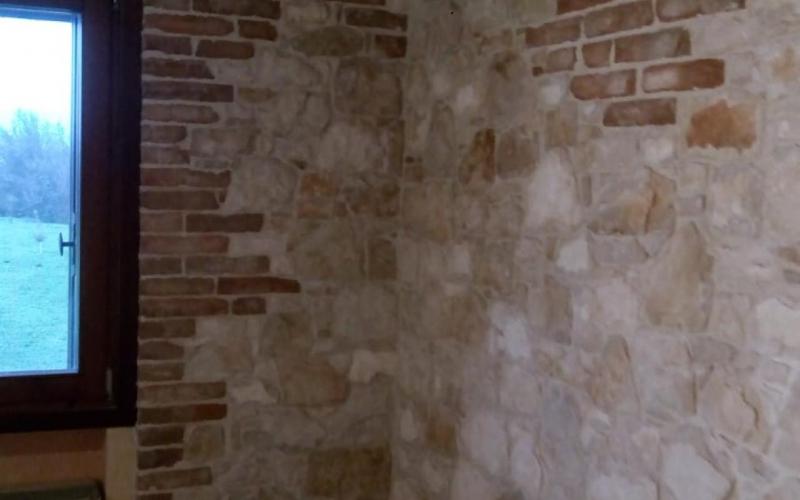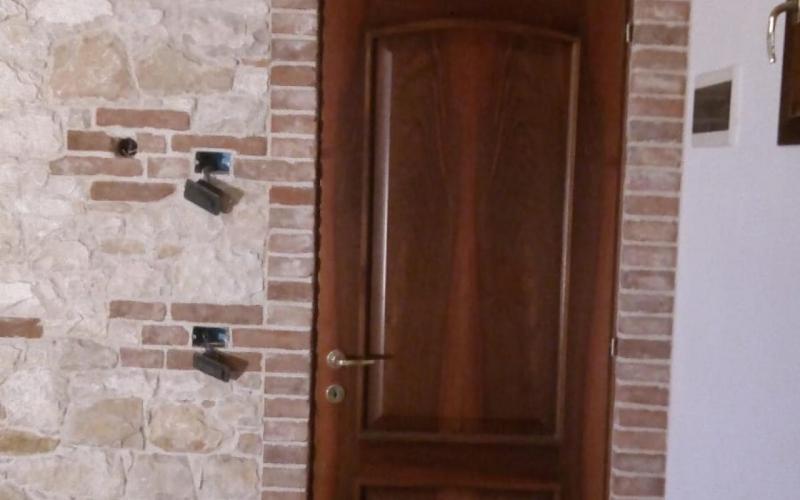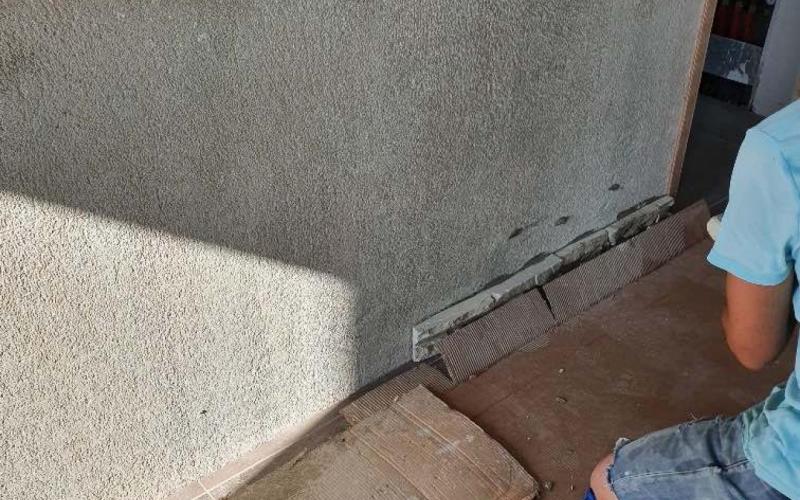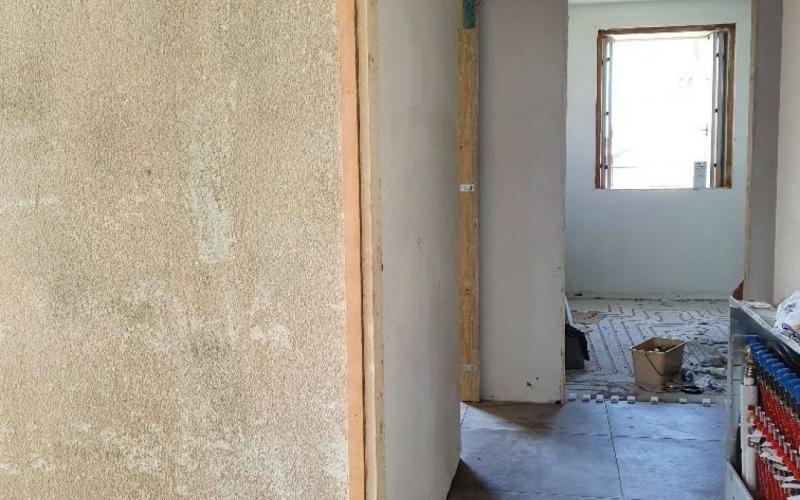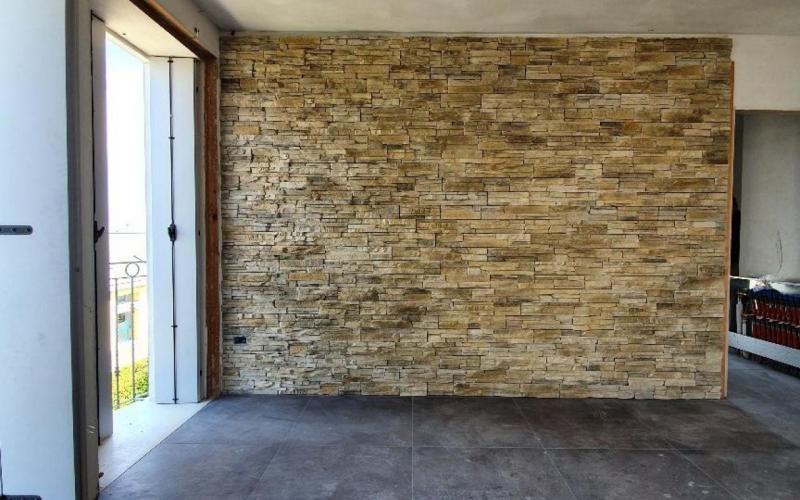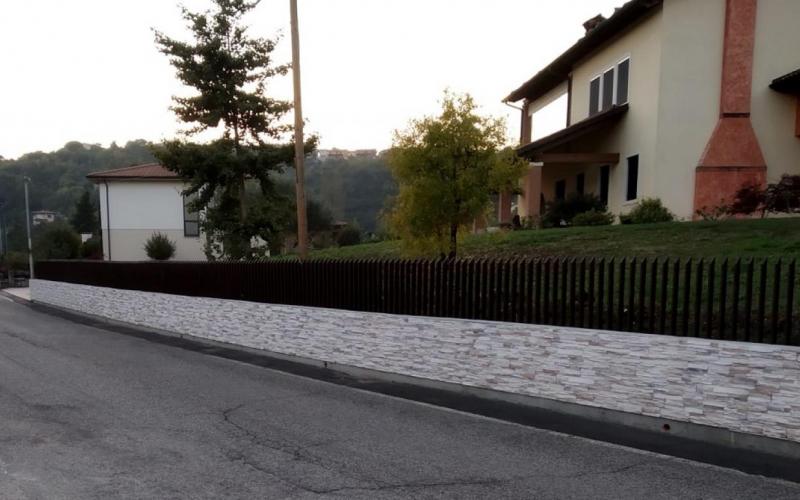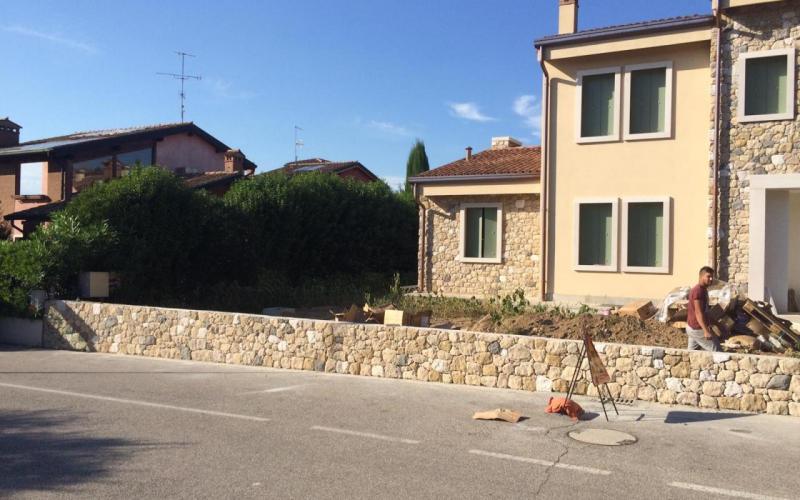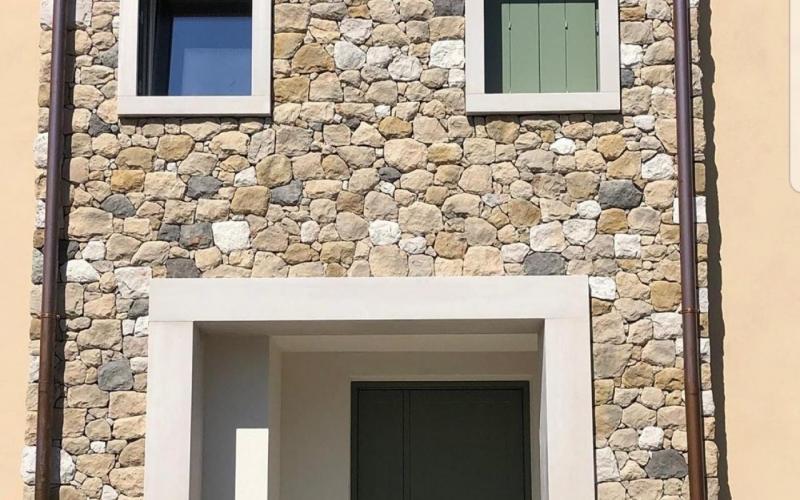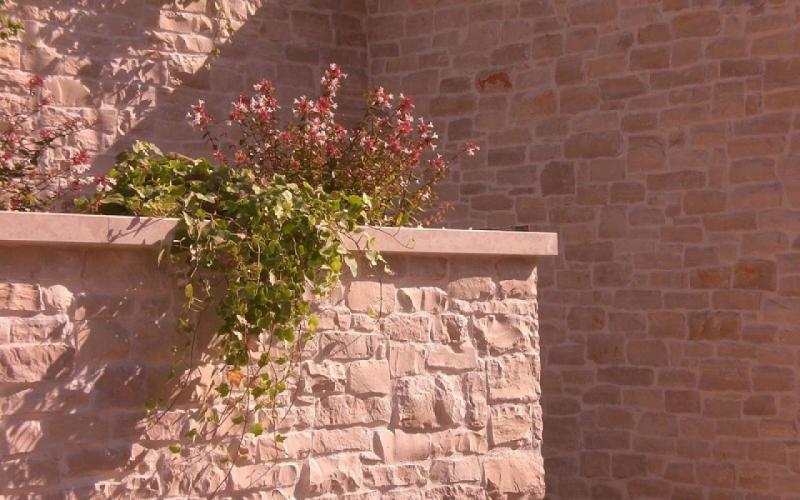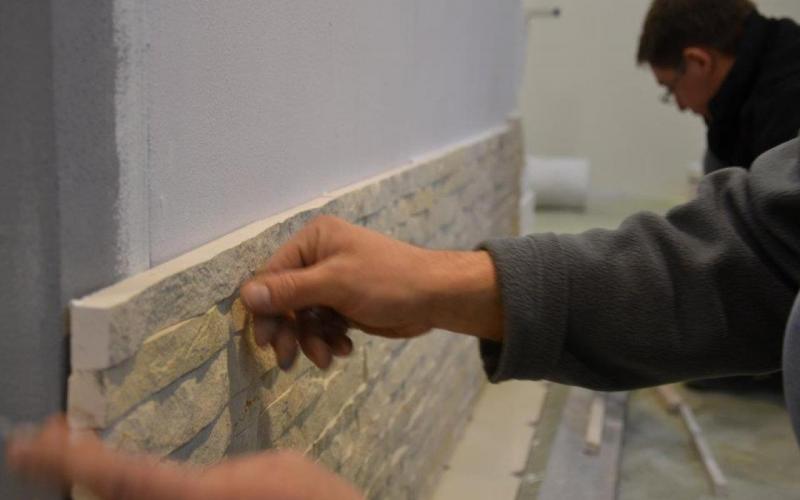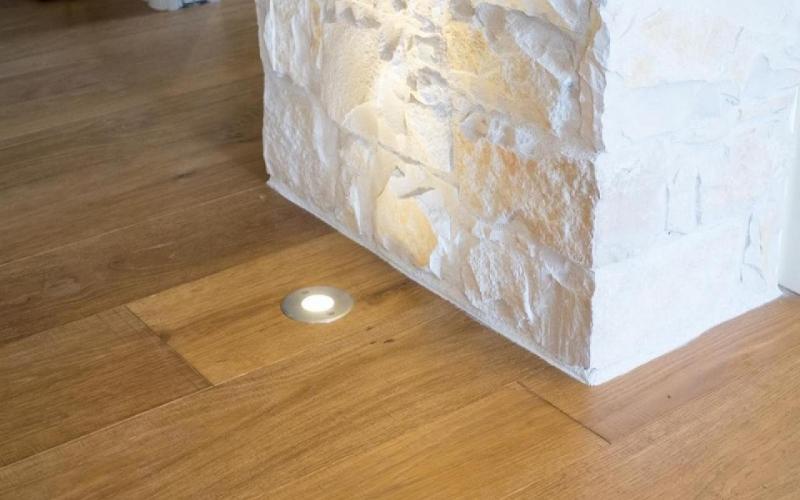On this page I will tell you about stone cladding, both for their interior and exterior of your home. We will see together the differences between the natural stone cladding and the reconstructed stone cladding. You will find may pictures of projects we have worked on throughout the years to help you find the perfect solution for your home.

Stone Cladding
In this article we will deal with the theme of stone cladding, and we will see how to embellish both the external facades and some internal walls of the house thanks to the use of stone slates, natural stone, quartzite,etc..
In fact, there are many assessments that you will have to face and the options to choose from.
Here are some of the topics e will tackle:
- From solid stone to thin stone coverings
- Stone cladding and internal microclimate
- Stone coverings combined with the thermal coating
- The laying of stone cladding
But let’s start with some questions that you may already be asking yourself…
Is natural or reconstructed stone better?
A first example: If you re interested in enhancing your home with a stone cladding you may decide to use a real stone or a reconstructed one (the best known reconstructed stone is the one produced by Geopietra but, as you will se later, there are many others)’
Certainly natural stone involves a great burden, especially for the installation that is harder work.
But the beauty of natural stone comes with a higher overall cost.
Which natural stone?
From the photos that you will find in this article you will be able to realize how the natural materials, split or cut, applied on the vertical surfaces of your home give a timeless charm.
Together we will try to understand how to choose between the different natural stones and we will see the differences between them. After seeing the photos you will be able to decide if you prefer the style of the “classic” trani stone or of the coloured slates in African slate or maybe even the marvelous South American quartzite’s.
What colour for the coating?
The main difference between the various types of facing stone lies in the colours, sizes and appearance of the surface.
These aspects must be consistent with the style of the furniture(if the stone is laid on the internal walls) or with the other colours of the house(if you decide to make an external stonewall).
Again with regards to the colours, you will learn that in some areas, houses are covered with white or beige stones, in others you prefer a brighter ocher, in other cases you choose dark coatings, in “dark stone”.
These are traditions that date back to the times when the houses were built entirely out of stone , using what was found on site.
Keep in mind that the material you will use to fill the joints between one stone and another will also contribute to determining the final impact of the surface.
In any case, whatever choice you make, making stone walls helps to give character and personality to your home.
If you already know what coating you need and you just want to receive a quote to dress your house with stone, you can also decide not to read the article and click directly here:
But I hope you proceed with the reading because in addition to indications and advice, you can find many projects we have worked on throughout the past from which you can take inspiration for your own stone cladding!
Well let’s start this journey in the world of facing stones for homes by asking ourselves a question…

